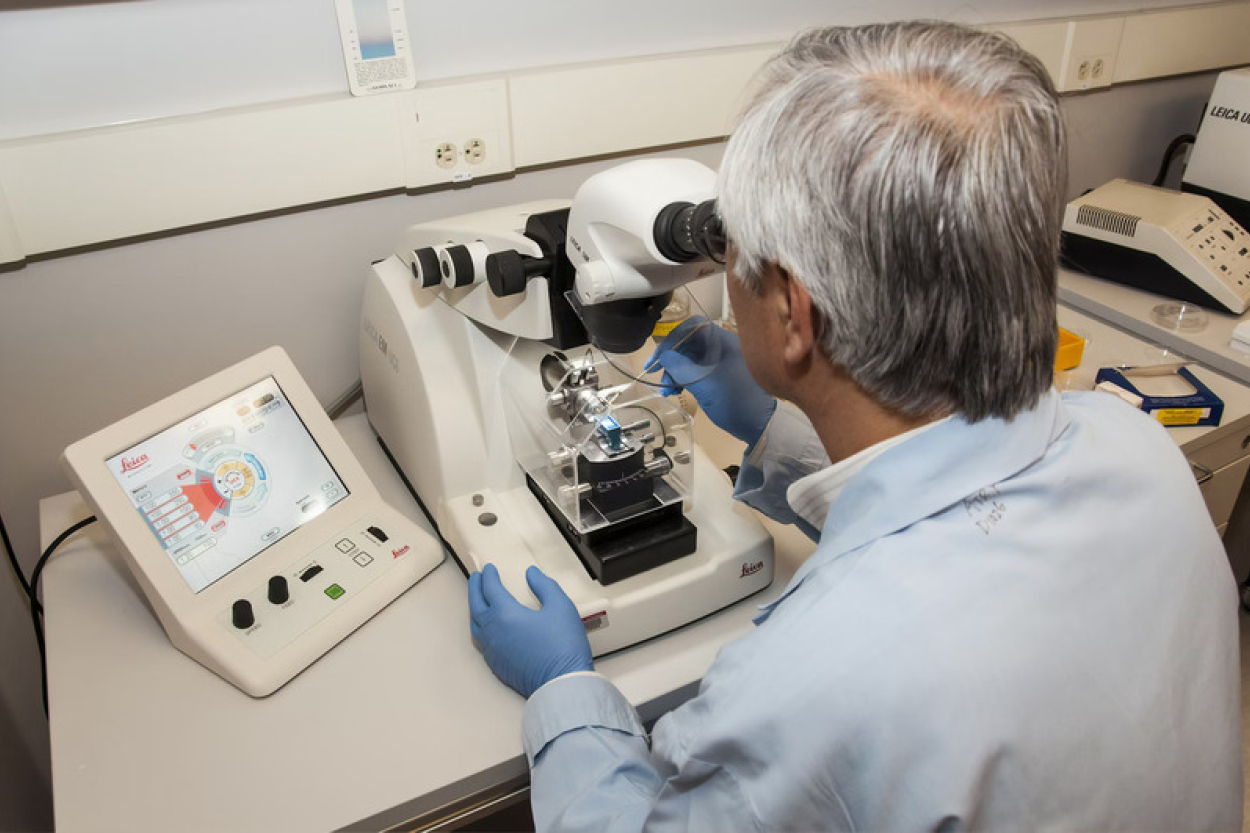Syn-AKE, a synthetic peptide modeled after the active compound found in the venom of the Temple Viper (Tropidolaemus wagleri), represents a significant leap in peptide engineering. This biomimetic molecule is composed of a tri-peptide structure believed to exhibit functional properties resembling the neuromuscular impacts of snake venom toxins. These properties have positioned Syn-AKE as a molecule of interest in various scientific domains, particularly those exploring molecular signaling, cellular communication, and biochemical modulation.
The peptide's unique mechanism of action, which may involve the inhibition of acetylcholine receptor signaling, has sparked intrigue regarding its potential implications in cellular physiology, biomaterials, and bioengineering. Here, we explore the theoretical and experimental implications of Syn-AKE's properties in diverse scientific arenas.
Introduction
Peptides derived or inspired by endogenously occurring biomolecules have long been a focus of research due to their intricate structures and specialized functions. Syn-AKE, a tri-peptide mimetic inspired by snake venom, is hypothesized to emulate specific inhibitory mechanisms that regulate neuromuscular signaling. Its synthetic origins allow for precise control over its composition and purity, making it an attractive subject for investigations aimed at understanding peptide-molecule interactions and their potential implications in applied sciences.
The key feature of Syn-AKE is its theorized potential to mimic the reversible binding mechanism of venom-derived compounds to acetylcholine receptors. By potentially influencing these receptor pathways, Syn-AKE is believed to offer a model system for examining neuromuscular inhibition, tissue interaction dynamics, and peptide-based structural modulation. This article explores possible research pathways where Syn-AKE might contribute to advancements in molecular biology, materials science, and bioengineering.
Properties of Syn-AKE and Mechanistic Insights
The synthetic tri-peptide sequence of Syn-AKE is designed to replicate the structural motifs that enable specific interactions with molecular targets in the organism. The peptide's hypothesized acetylcholine receptor modulation is thought to stem from its structural similarity to Waglerin-1, a neurotoxin present in snake venom. Studies suggest that such modulation might inhibit signal transduction pathways responsible for muscular tissue contraction, suggesting potential implications in controlled environments where signaling inhibition is desired.
On a molecular level, the peptide is theorized to act as a reversible inhibitor, forming transient bonds with its targets. Research indicates that this reversibility may render Syn-AKE an interesting tool for studying dynamic systems, particularly those reliant on neurotransmitter release or receptor activity. Moreover, its synthetic derivation minimizes the variability inherent in endogenously derived compounds, offering researchers a consistent substrate for experimentation.
Investigations purport that Syn-AKE's stability in various physiological and experimental conditions may further support its positive impacts in laboratory settings. Preliminary investigations indicate that its resistance to enzymatic degradation may facilitate longer-term implications in complex systems. This makes it suitable for observation in controlled laboratory settings and experiments involving extended interaction times.
Syn-AKE in Cellular and Molecular Studies
Findings imply that Syn-AKE's unique properties may significantly aid research into cell signaling pathways. The peptide's potential to modulate neurotransmitter release positions it as a candidate for dissecting the molecular dynamics of synaptic transmission. Such studies might provide insights into the fundamental mechanics of nerve-muscle communication or elucidate factors that regulate cellular responsiveness.
Additionally, scientists speculate that Syn-AKE might aid in the examination of receptor-ligand interactions beyond neuromuscular systems. Peptides with receptor-inhibitory properties are thought to serve as model molecules for understanding how specific signals are modulated in a variety of cell types, including those in the cardiovascular, skeletal, and smooth muscle systems. These investigations might form the basis for research implications in tissue engineering and regenerative research, where controlling cellular behavior is critical.
Syn-AKE in Neurophysiology and Neuromuscular Research
Neurophysiological research might also leverage Syn-AKE to better understand the mechanisms underlying receptor-based inhibition. The peptide's potential to inhibit neurotransmitter signaling may provide a tool for modeling conditions where neuromuscular signals are diminished or dysregulated.
Further, studies postulate that the peptide may contribute to investigations of neurotransmitter dynamics in both excitatory and inhibitory contexts. In isolated systems, Syn-AKE is hypothesized to be of interest to scientists studying compensatory mechanisms that arise in response to neuromuscular signal disruption. Such work might have broader implications for understanding synaptic plasticity and adaptation.
Potential in Synthetic Biology
It has been proposed that synthetic biology, an increasingly reliant field on designer peptides, might profit from incorporating Syn-AKE into modular systems designed to mimic or modify biological processes. Its theorized receptor-binding properties suggest it may serve as a building block in artificial neural networks or hybrid bioelectronic systems. These systems aim to integrate biological components with electronic circuits, and Syn-AKE's inhibitory characteristics might offer a way to fine-tune signal modulation within these constructs.
Furthermore, as synthetic biology expands into programmable living systems, Syn-AKE is theorized to be employed in research exploring the controlled inhibition of cellular processes. This research implication might provide a means of balancing or regulating synthetic pathways.
Conclusion
Syn-AKE, a biomimetic peptide inspired by the venom of the Temple Viper, represents a promising tool in scientific research due to its unique molecular properties. Its potential to modulate receptor activity and influence cellular pathways positions it as a candidate for studies in neuromuscular signaling, biomaterial development, and synthetic biology. Although its full potential remains to be explored, Syn-AKE offers a versatile platform for advancing our understanding of peptide-molecule interactions and their implications across diverse scientific domains.
Apmaksāta publikācija







